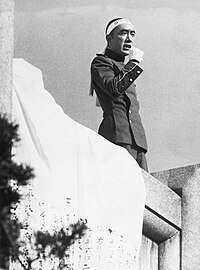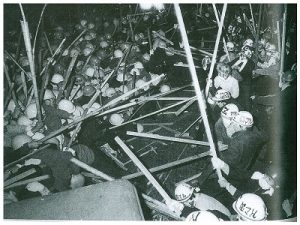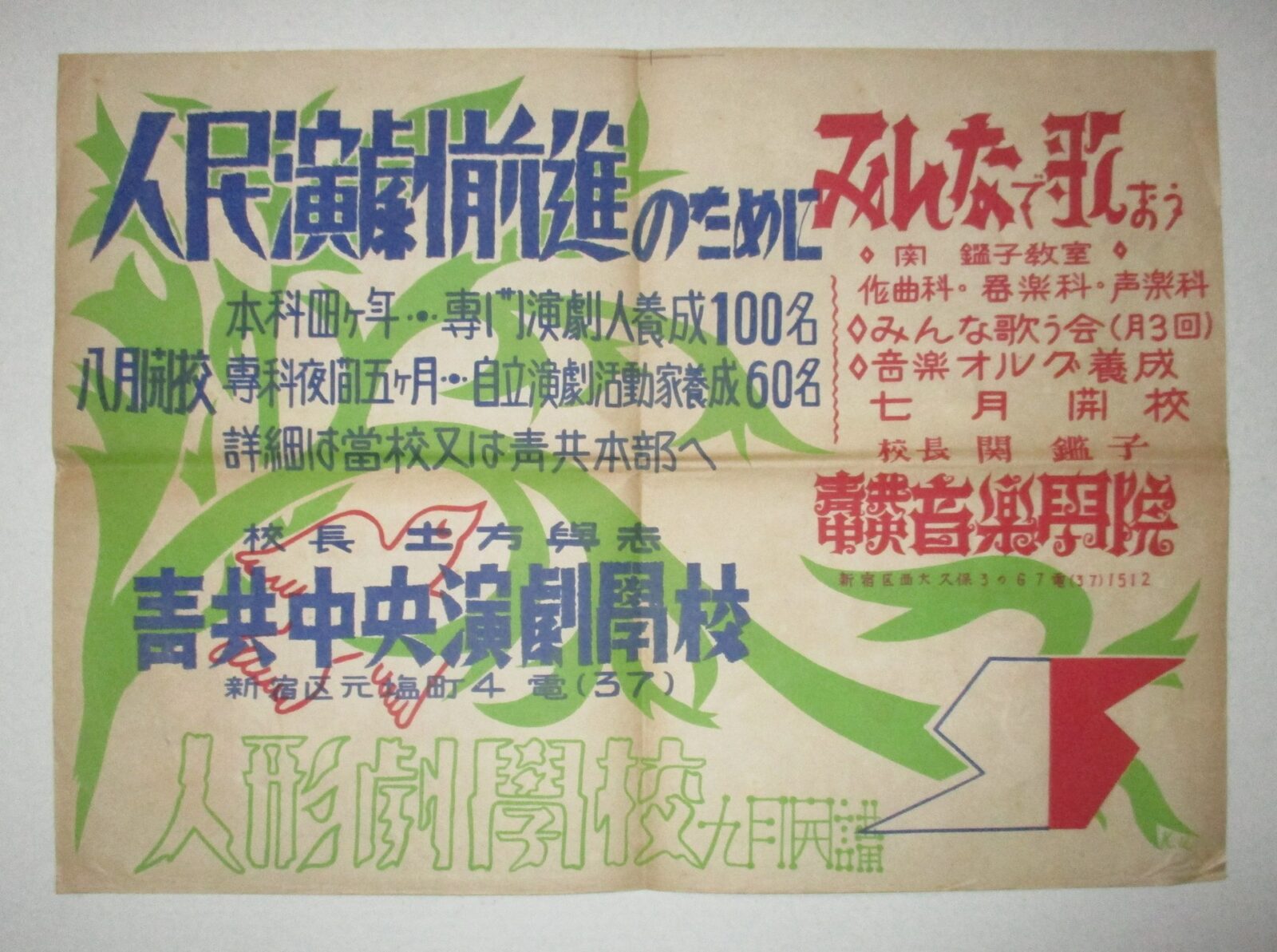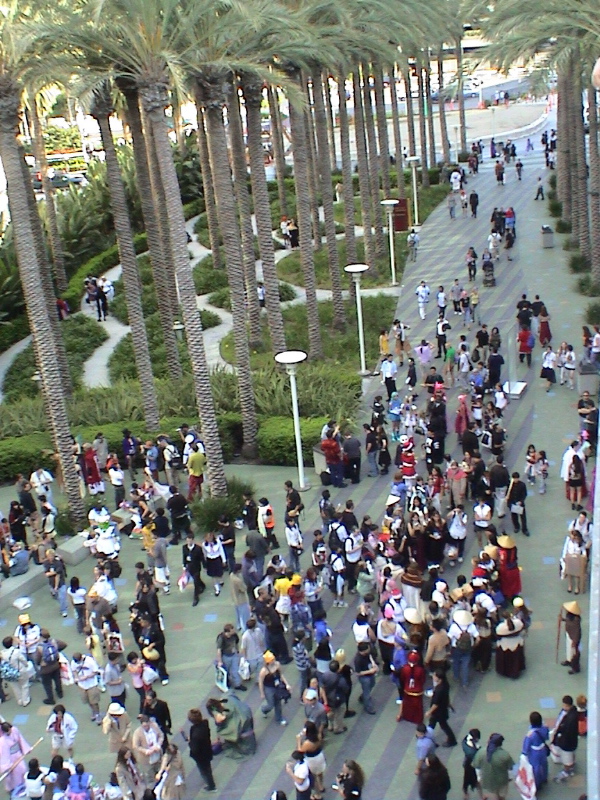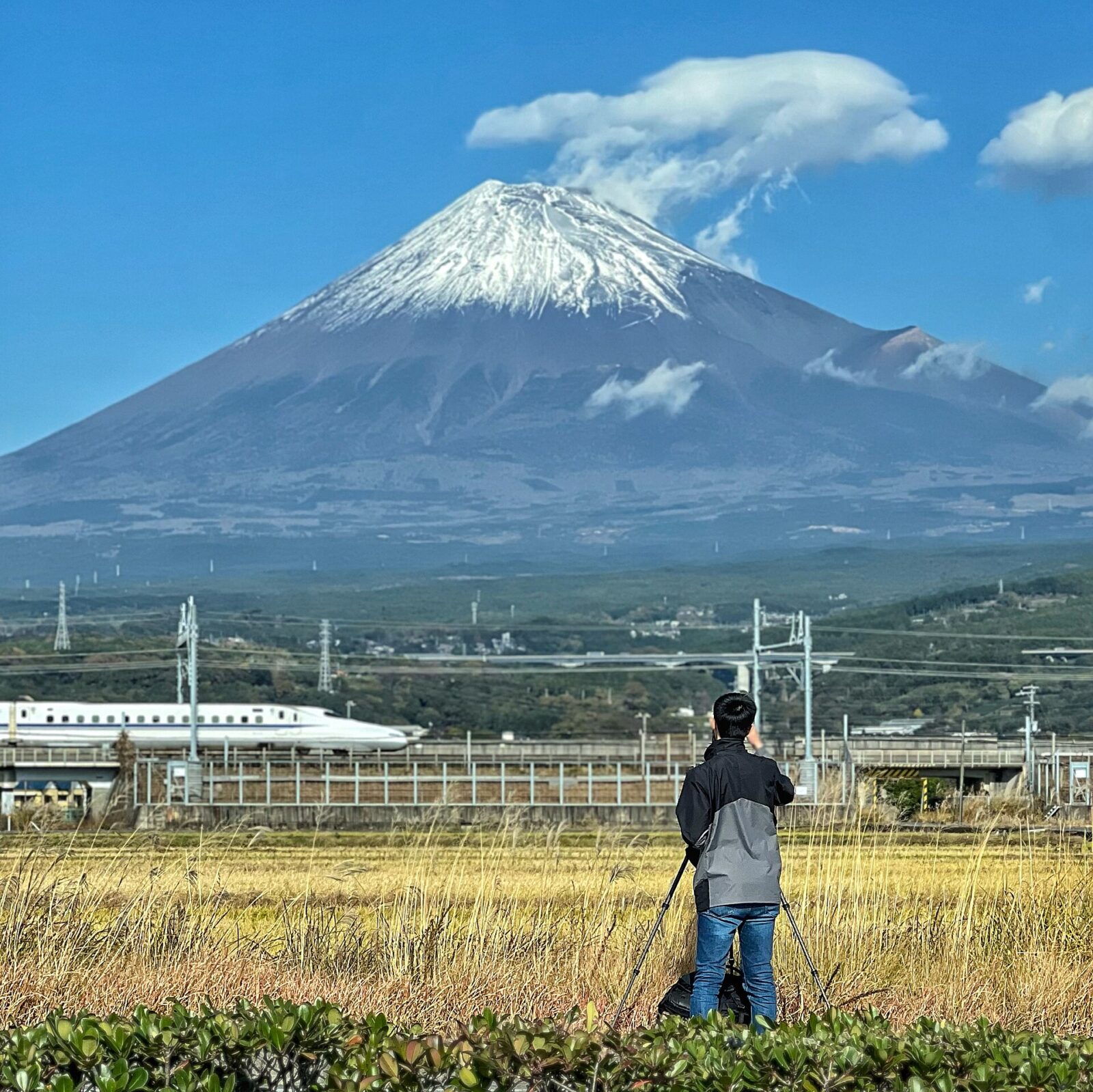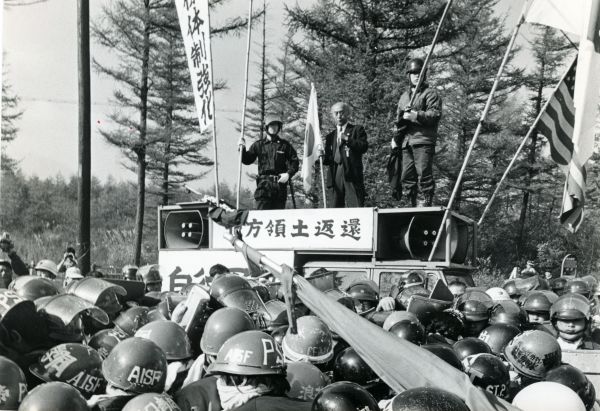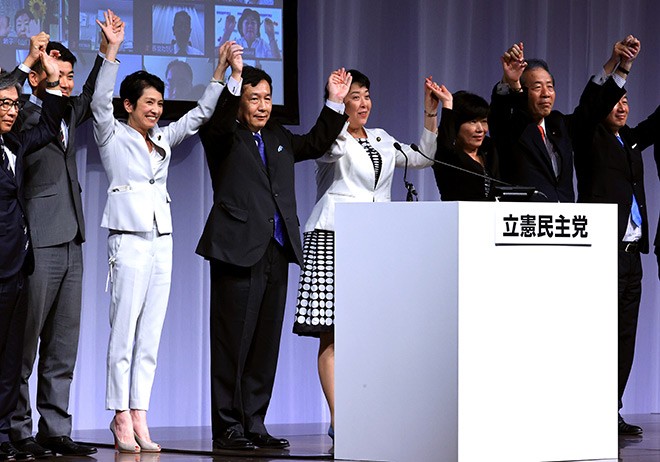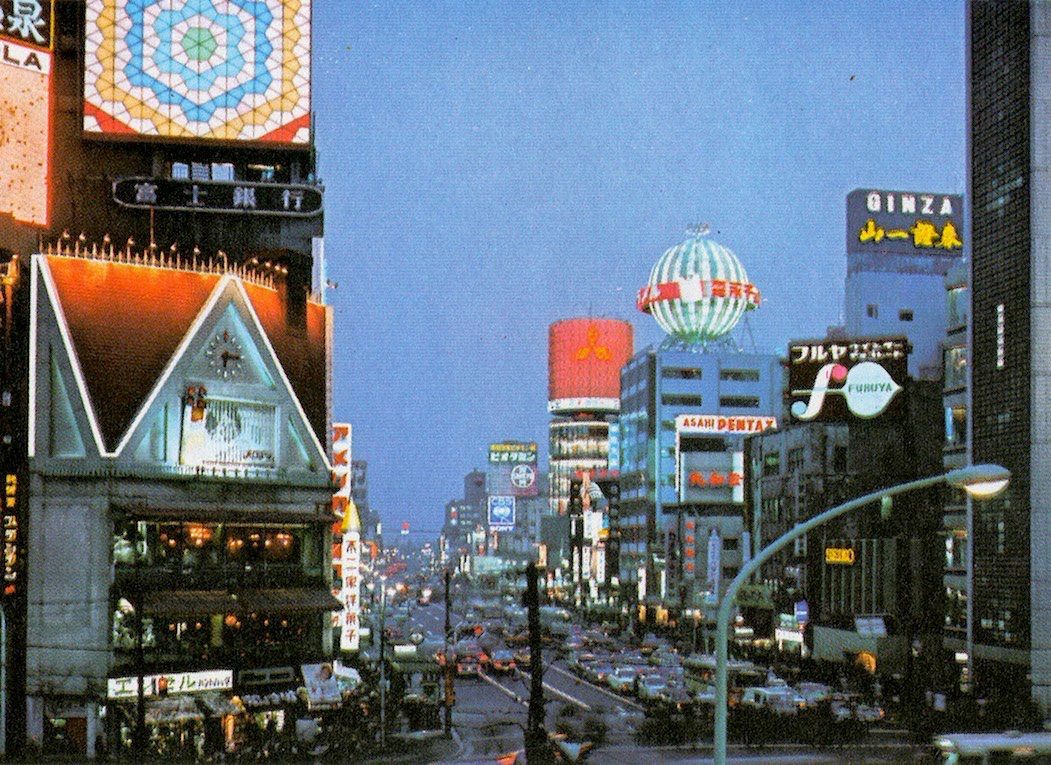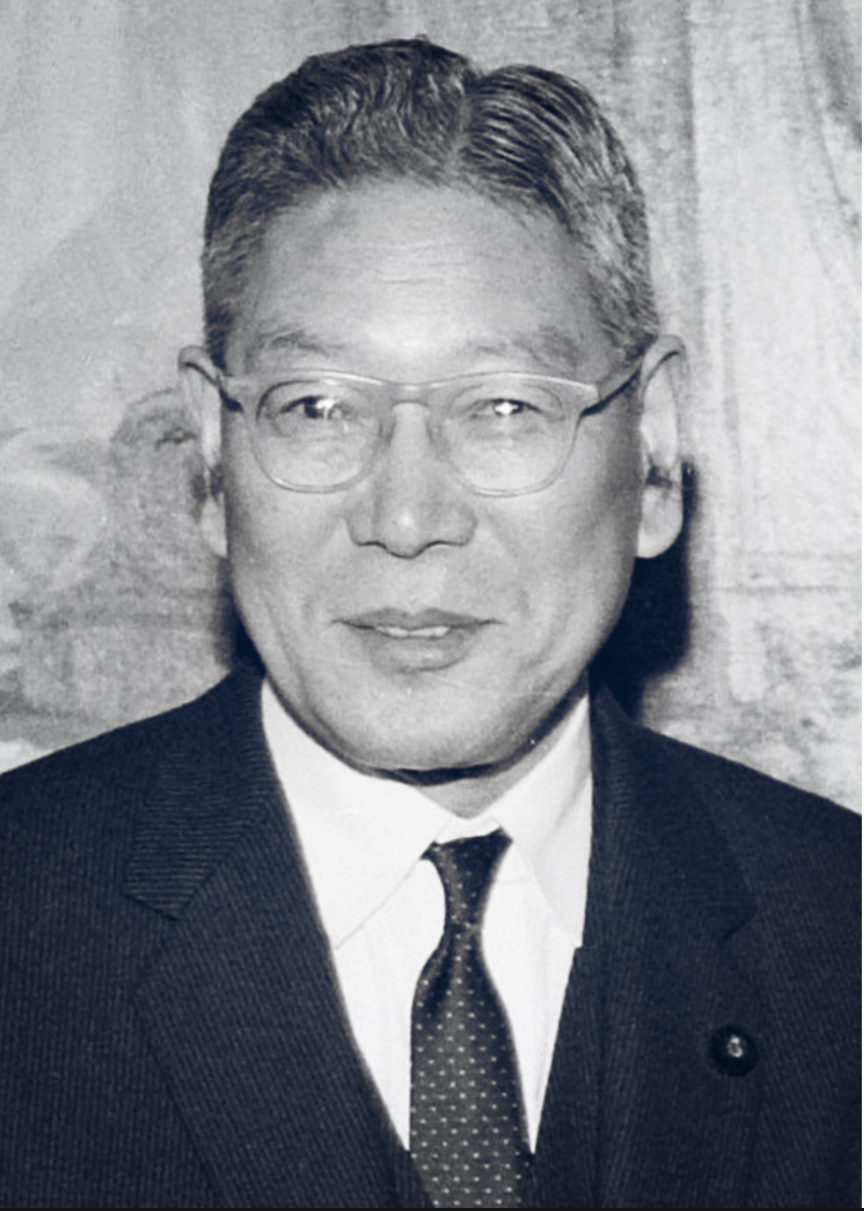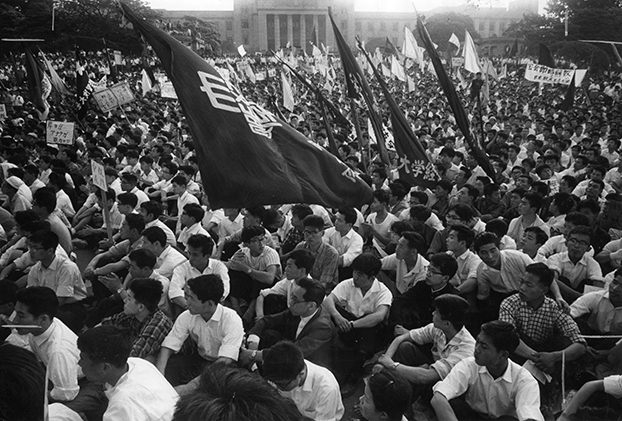This week: Miyazaki Manabu’s dramatic departure from the Communist Party, as his faith in the revolution wanes. What does a…
This week: Miyazaki Manabu goes from the Sodai struggle at Waseda to an active participant in the violent clashes of…
This week: Miyazaki Manabu completes his transformation from son of a yakuza boss to a committed member of the Communist…
In the final episode of this series: how did “otaku culture” spread overseas when it was so stigmatized at home,…
Our last episode of 2024 is also the first episode in a series on one of Japan’s most distinctive cultural…
This week’s footnote: the first of two parts on the postwar extreme right. This week, we’re mostly focusing on the…
On the final episode of the Revised Introduction to Japanese History: the LDP completely fails to meet the challenge of…
In the penultimate episode of the Revised Introduction to Japanese History: the 1980s sees the rise of Japan’s asset bubble…
This week on the Revised Introduction to Japanese History: how did Ikeda Hayato and the LDP build a system that…
This week on the Revised Introduction to Japanese History: the Occupation comes to an end, but what happens next? This…
